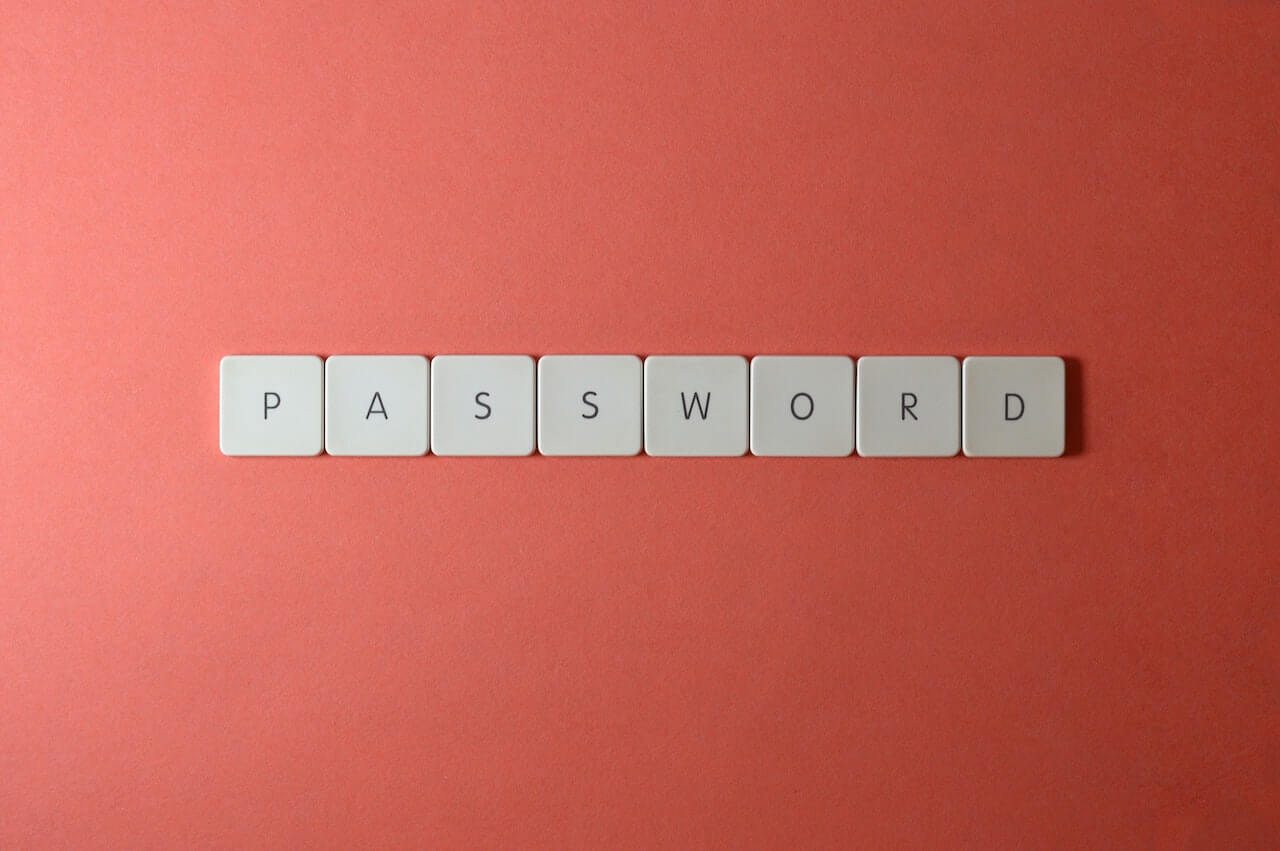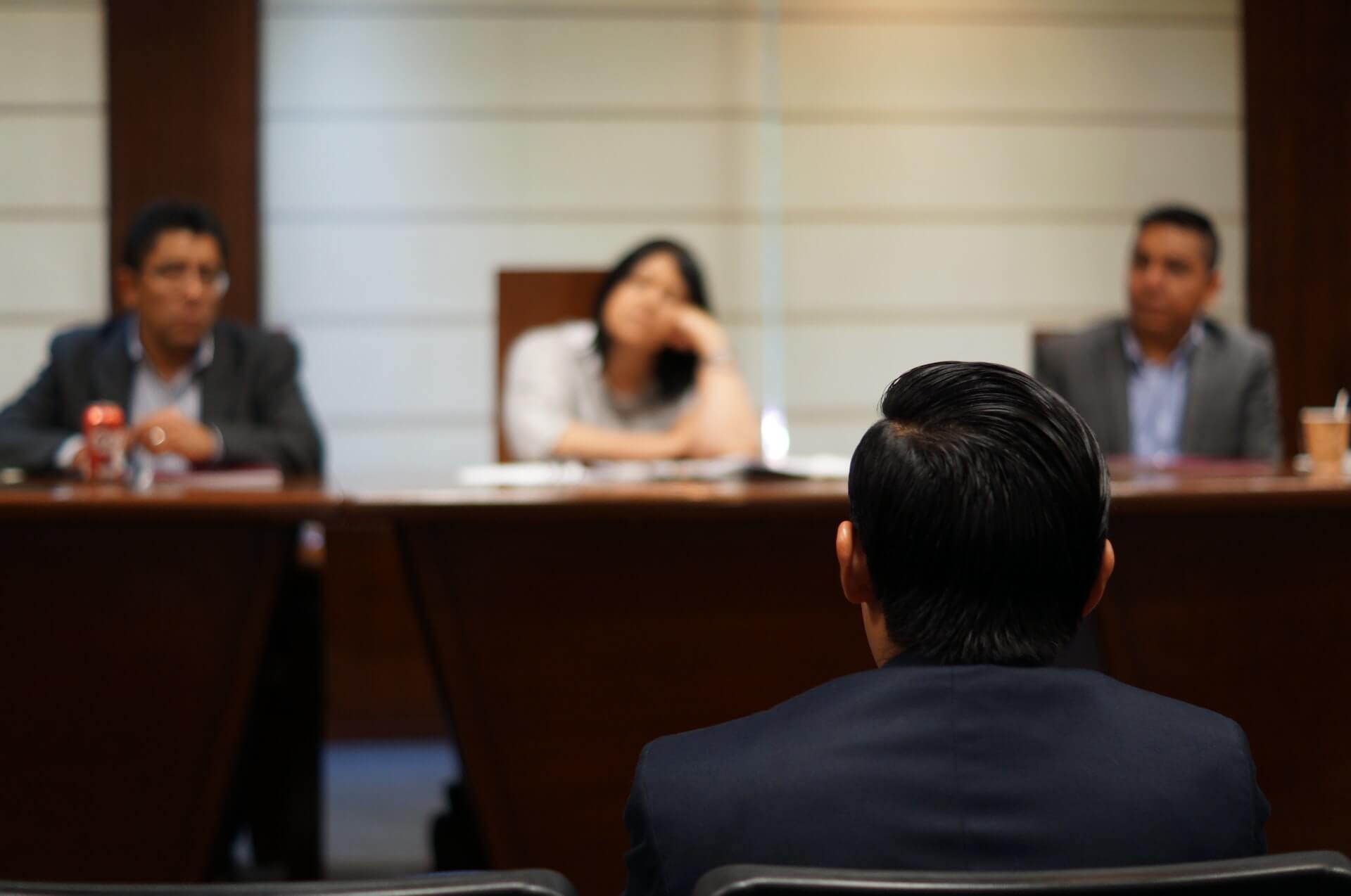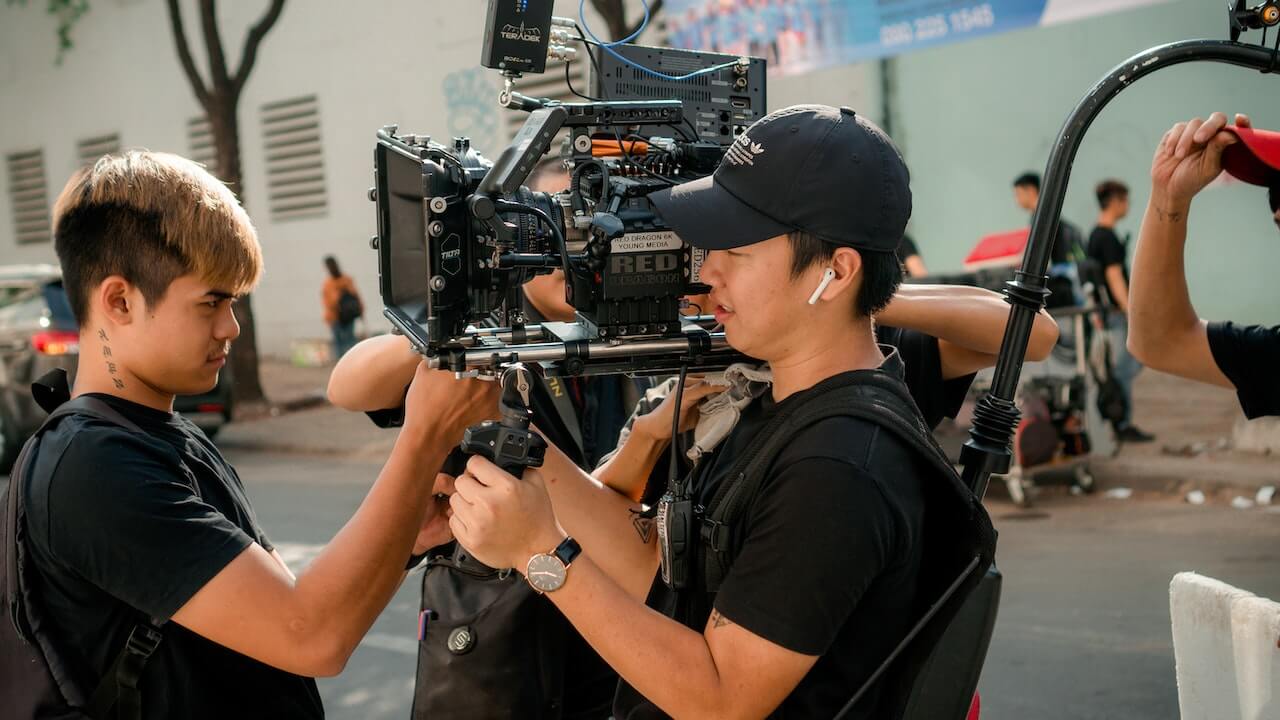[Written with a healthcare industry slant, but obviously applicable to most organizations]
There’s a death or serious injury due to questionable circumstances. An employee is accused of impropriety. Your company is acquired by or is acquiring another. A natural disaster occurs. There’s an investigation of your facility by a regulatory or law enforcement agency. By the definition given above, all of these are crisis scenarios such as those routinely faced by most organizations. In any field, there is no such thing as a business in which crises do not occur.
Unfortunately, not all organizations are aware of the difference between marketing in routine situations versus marketing in crisis situations, namely:
Marketing’s routine function is to build the value of the business.
Marketing’s crisis communications function is to preserve the value of the business.
Often, organizations are prepared to respond to the operational components of a crisis (e.g., for a fire: call the fire department, evacuate the building, etc.). However, there are many audiences potentially affected by any crisis, and each of these will want to know the facts as soon as possible; members of each audience will start to worry and/or react inappropriately in the absence of such facts.
Typical audiences include clients/patients/customers, the media, employees, investors, community leaders, and regulatory agencies. Each of them requires a specific type of communication (e.g. phone call, fax, mail), and has differing information needs. If an organization is prepared, in advance, to respond to those needs promptly, confusion and damage is minimized.
I am aware of a health care company which operated for over ten years without a significant crisis, and then experienced a half dozen crises over a two month period. Some of these situations, lacking proper response, could have resulted in significant damage to the firm’s credibility and profitability.
Fortunately, and very atypically, the organization had recently commissioned a crisis communications plan which provided them with a system for coordinated, prompt, honest, informative and concerned response to crises. This plan consisted not only of a manual with scenarios and instructions, but also involved a comprehensive audit of the organization’s vulnerabilities that resulted in numerous recommendations for operational/system changes which, unchanged, created a potential for crises.
For example, the audit and subsequent analysis (conducted over a six-week period) revealed a lack of standard procedure on how to route media calls and who should handle the calls. Yet, particularly during a crisis, all employees need to know to whom a reporter should be referred or else a number of “loose cannons” are likely to be quoted instead of trained, authorized spokespersons.
Additionally, there were no fixed policies on some controversial issues such as the interaction of HIV-positive employees with patients nor was there a standard procedure for responding to needle sticks by medical personnel. This lack of policy could have resulted in significant criticism or worse, and the recommendations made during the crisis planning process ensured that the crisis would not happen. In some cases, the board of directors or administrative staff were aware of system weaknesses but hadn’t thought of the marketing communications/bottom-line impact of failure to quickly correct the problems.
Prevention, then, versus reaction, is the ultimate key to successful crisis communications. How many of my clients create a crisis plan BEFORE having a significant crisis? Less than five percent. That’s because they look at the one-time cost (typically under $15,000 for a single small to mid-size firm) and choose to avoid impacting their budget now versus giving significant thought to the fiscal impact of a crisis. I am usually asked to do a plan AFTER a damaging crisis, during which we have to spend considerable time, at client expense, attempting to minimize damage “fire fighting” in the public relations sense that would have been unnecessary if a plan was in place. Yes, crisis communications counsel will be needed even if a plan has been created but far less of it.
In conclusion, if I may risk a medical analogy presuming that I am, to crisis communications, what a highly trained physician is to his or her specialty: crises will occur, and they can be very damaging to your organization’s health. There is treatment available, now, which can eliminate many crises and minimize the impact of others. I recommend prevention, but you’re the patient it’s your choice.
——————————-
For more resources, see the Free Management Library topic: Crisis Management
——————————-









